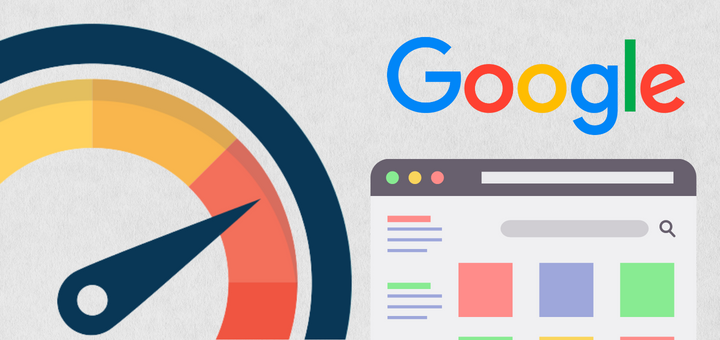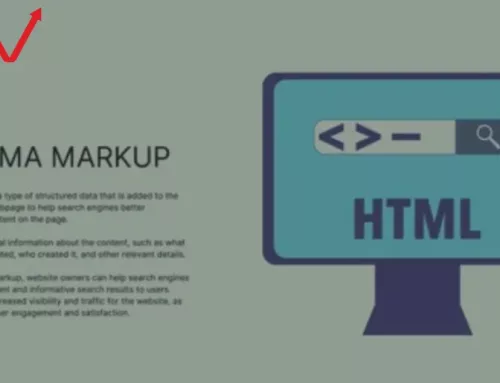Clearing Up How the Loading Speed Can Boost Search Engine Optimization

Web page speed is crucial for your digital marketing results and ranking. Did you know that if your site takes 5 seconds to load, your conversion rate drops 3x compared to websites that load within a second? Search engines consider it much more than the number of backlinks and the choice of keywords.
You have to deliver a good user experience, and for that, you need pages that load swiftly. So, how does loading speed affect your SEO? What’s a decent page loading time? How to measure it? And what to do to improve it?
Find out in this article!
Importance of Load Speed for Website SEO
Page loading speed is one of the ranking factors Google uses to evaluate websites. So, the results will not be flattering even if you have a great strategy but your page takes more than 5 seconds to load.
Your bounce rate will increase, the conversion will decrease, and users will get the wrong perception of your brand.
What Is a Good Page Load Time?
Google recommends keeping the loading time within the 3-second limit. But 47% of consumers expect a site to load no more than 2 seconds. There’s no definitive answer, only load time estimations. So, less than 3 seconds should be your standard. But if you can do better, that would be wonderful.
How to Measure Page Speed?
You can use digital tools to get quick, detailed results:
-
- Google PageSpeed Insights – the service conducts a website speed test, checking your URL against the Google Core Web Vitals (CWV) and showing the results for both desktop and mobile. It’s convenient when you need a rough basic data check for one page.

-
- SE Ranking Website Audit Software – the tool offers a holistic view of the health of your site and the quality of UX. It checks all the site’s pages, and you can configure the list at your discretion. Besides CWV, you’ll get accurate data on all the technical issues your website has, including the ones with the loading speed, usability, performance, security, status codes, redirects, etc. You can conveniently compile a report later by filtering the needed data and exporting the results.
- SE Ranking Website Audit Software – the tool offers a holistic view of the health of your site and the quality of UX. It checks all the site’s pages, and you can configure the list at your discretion. Besides CWV, you’ll get accurate data on all the technical issues your website has, including the ones with the loading speed, usability, performance, security, status codes, redirects, etc. You can conveniently compile a report later by filtering the needed data and exporting the results.

How to Improve Website Loading Speed: 10 Quick Ways
When the audit results aren’t satisfactory, there are things you can immediately do for website speed optimization. Try the following ten quick and effective ways to boost site speed.
1. Optimize images and other media files
Image files, videos, etc., make your pages more vivid and help render information. They boost engagement and allow for content repurposing. And while quality matters, so does the size of the materials. If media materials are massive, your loading speed will suffer.
We recommend compressing and optimizing files by:
- Compressing them.
- Changing image formats to .webp, for example.
- Reducing page sizes.
2. Reduce server response time
Several factors can impact your server response time, including:
- The traffic volume of your site
- The server software
- Your web hosts
- The number of resources the page uses to load
You may want to work on your TTFB (time to the first byte), which may involve changing your hosting to a speedier one. According to the Littledata survey, the average response time is 456 ms, while it’s best to aim for 200ms or less.
3. Cache your pages
Caching your pages will significantly reduce loading times as the server won’t have to visualize the webpage every time someone accesses it. There are several caching options, including doing it on the server level and using a plugin.
For server-level caching, you’ll have to contact the host, and they will manage everything for you. This may cost you some additional money. There are paid and free plugins that are pretty easy to use. Access the plugin, find the Page Cache option, and Enable it.
4. Enable browser caching
Another helpful way to save time (literally) is by enabling browser caching. The browser will store potentially massive files like JavaScript, images, and lots of other info. As a result, all those files won’t have to load every time a user accesses your pages.
If your source is on WordPress, many plugins allow you to do this. Keep in mind that some of them are paid with various pricing plans.
5. Reduce redirects
Every time your pages are redirected, their HTTP requests and response time increase, which slows down the loading speed. We aren’t saying you should get rid of them at all. Sometimes, redirections are essential, for example, when moving to a new domain, temporarily or permanently.
However, multiple redirections in your internal linking structure and more than one redirect for your TLD (top-level domain, e.g., .com) may significantly slow down your loading speed.
6. Fix 404 errors
The 404 errors are always annoying, especially if the user thought they had found the needed information. The error means that a page or an entire website doesn’t exist.
It’s crucial to audit your website regularly and check for broken pages. They are not only annoying but also make your website load slower. Google still directs people to these URLs, and the traffic only jeopardizes your website performance.
7. Minify CSS, JavaScript, and HTML and fix issues
Minifying your JS, CSS, and HTML resources means they will weigh less and load faster. You don’t lose anything by using this approach because such minification doesn’t affect the functionality or design quality of the site.
Make the descriptions shorter, and delete comments and unnecessary spaces. Every character adds to the weight of the file. You can use digital tools to complete the task quickly.
8. Use a content distribution network (CDN)
A CDN can reduce loading time dramatically for international viewers. It allows you to store your website in the closest data center to the user. Imagine if your center is in Japan and someone from the US wants to access the site. The data will have to travel back and forth, which doesn’t sound like a decent loading speed.
A CDN will help you maintain and improve the speed worldwide, prevent website crashes, and improve your ranking.
9. Prioritize lazy loading
Lazy loading should be used only for your site ads or all the heavy, non-critical elements. When you implement the technique, the materials will load gradually as the user scrolls down the page.
As a result, the critical elements will load faster, and users will be more satisfied. There are placeholders for images and other content you can lazy-load, so this approach won’t mess up your layout.
10. Reduce the number of plugins
Check on your plugins often and assess them according to these criteria:
- Necessity – delete all unnecessary add-ons as they slow down the website as it loads and makes it heavier. Establish priorities and understand where you need add-ons for UX improvement or other purposes.
- Maintenance and updates – if the plugin isn’t well-maintained or updated, it may become a security hazard for your website. Not to mention such software usually doesn’t work well.
Summary
Website loading speed is a crucial factor in user satisfaction and the ranking of your website. Google takes this metric seriously, and so should you. Audit your website frequently to assess the speed at which your pages load.
When necessary, improve loading time by reducing the number of plugins and hosting server response time, enabling lazy loading, optimizing image files, fixing 404 pages, enabling caching, and more. Aim for a loading time of 2-3 seconds, but remember, the faster, the better.












